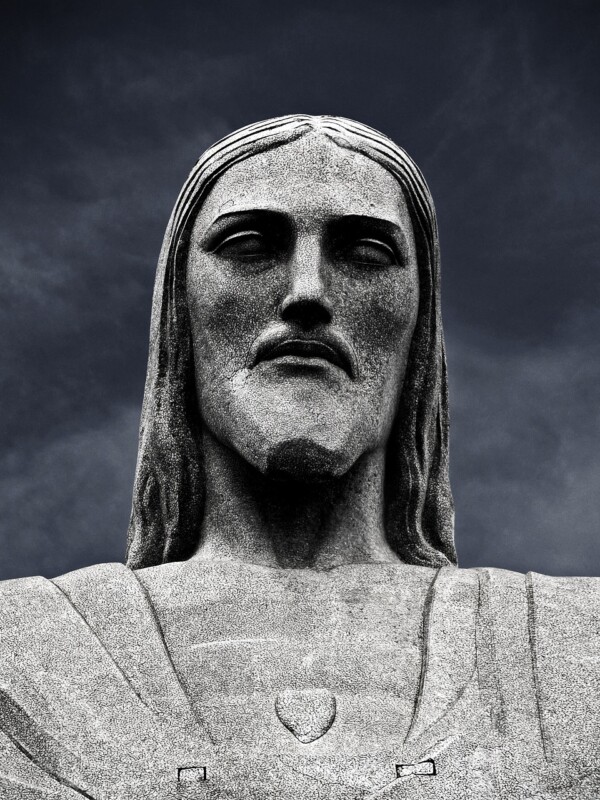Richard Zimler’s approach to writing historical figures: an insight into Jesus in The Lost Gospel of Lazarus
July 4, 2023

For Richard Zimler, the author of The Lost Gospel of Lazarus, writing Jesus was a daunting task.
Jesus has existed in the minds of billions, and there are countless ways his nature has been presented; from in the bible itself to blockbuster films. There’s 2,000 years of Christian iconography to contend with. This was more daunting still because Richard sought to emphasise Jesus’ Jewish upbringing and Jewish faith – a part of him often not considered.
An important step towards writing the Jesus of his novel was renaming him along with other biblical figures, because it allowed Zimler to separate them somewhat from their cultural resonance. Jesus Christ became Yeshua ben Yosef, the Jewish mystic. The Virgin Mary and Joseph became Miriam and Yosef, parents of Yeshua. This allowed Zimler to see these characters through a simple human lens.
By giving these characters historical Jewish names, Richard was able to characterize them better, and it made these lofty figures more personable to him. Zimler compares this with a different, but related, phenomena: in Hollywood, it was common for stars, directors and producers to abandon traditional Jewish names to make them seem more personable and relatable to general audiences. This is a symptom of widespread anti-Semitic biases. Richard’s method of humanising his characters with Jewish names achieves the inverse of what happened in Hollywood. It centres Jewish heritage, rather than push it aside.
Renaming these characters frees the writer and the reader, Richard tells us. It allows the story of Yeshua and Lazarus to be a deeply personal; to be about spirituality and friendship, and not the Jesus Christ and his biblical miracles.



